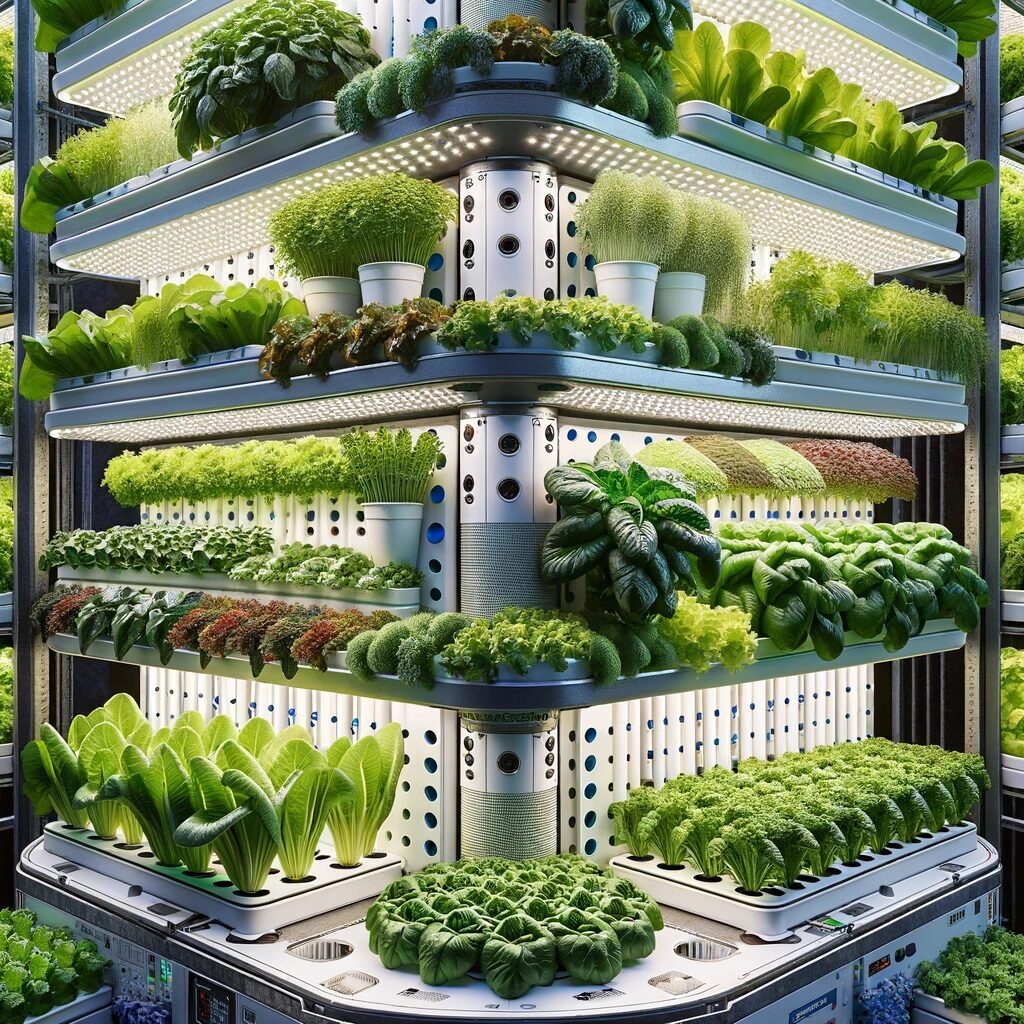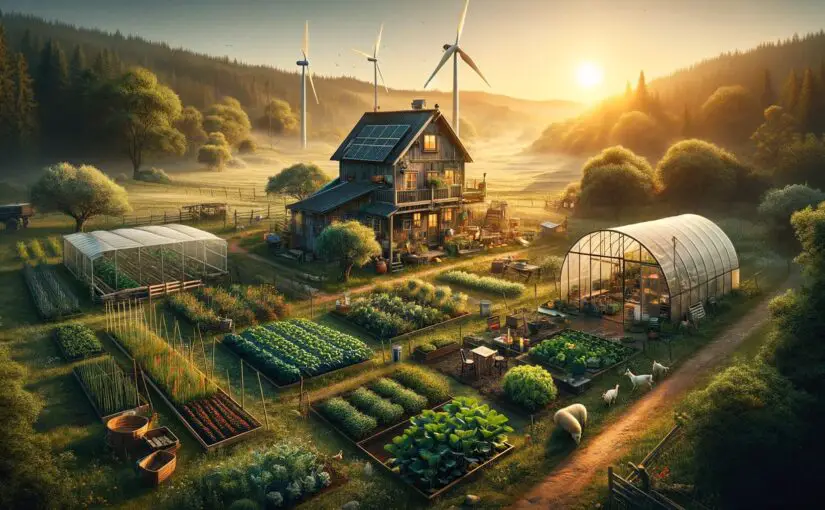Sometimes unpredictability seems to be the only constant, the appeal of independence, a self-sustaining lifestyle, has never been more pronounced. The concept of prepper homes, once a niche interest, has surged in popularity, offering a blend of sustainability, affordability, and the undeniable “wow factor” of living in harmony with nature. These homes aren’t just shelters; they’re a testament to a lifestyle choice that prioritizes resilience, preparedness, and environmental responsibility.
Affordability Meets Sustainability
One of the most compelling aspects of prepper homes is their affordability. With options available for less than EUR 100,000, the dream of homeownership becomes accessible to a wider audience. But these homes offer more than just financial savings; they’re a gateway to a more autonomous life. Imagine owning a home where your dependency on external utilities is minimal. A home where you can source your own water, generate your own power, and even grow your own food.
The Land and Its Bounty
When it comes to living off the land, the size and management of your property play crucial roles. For those aspiring to achieve food self-sufficiency, investing in a property with adequate land for farming is key. But how much land do you actually need to feed a family of four?
Experts in sustainable agriculture suggest that with proper management, as little as one acre of land can be sufficient to sustain a family of four. This includes space for aquaponics, vertical farming, and permaculture practices—all innovative farming techniques that maximize yield in limited spaces.
- Aquaponics: This system combines aquaculture (raising fish) with hydroponics (growing plants without soil) in a symbiotic environment. Fish waste provides an organic nutrient source for the plants, which in turn purifies the water for the fish. A well-managed aquaponic system can produce both a continuous supply of vegetables and a source of protein from the fish, making it an ideal component of a self-sufficient prepper home.
- Vertical Farming: Vertical farming involves growing crops in vertically stacked layers, often incorporating controlled environment agriculture, which optimizes plant growth, and soilless farming techniques such as hydroponics, aquaponics, and aeroponics. This method is particularly suited for small land areas, as it significantly increases yield per square meter.
- Permaculture: Permaculture is a holistic approach to land management that integrates agriculture, horticulture, architecture, and ecology in sustainable and self-maintained habitat systems. By designing gardens and agricultural spaces to mimic natural ecosystems, permaculture aims to create stable, productive environments that provide for food, shelter, and energy needs.

The Path to Independence
Embracing a lifestyle centered around a prepper home is about more than just surviving; it’s about independence. With the right piece of land and a commitment to sustainable management practices, anyone can turn their home into a bastion of self-sufficiency. From aquaponics to vertical farming and permaculture, the possibilities are endless for those looking to reduce their ecological footprint while living a life of abundance and security.
As we continue to face global challenges, the allure of a prepper home lies not just in its affordability but in the empowerment it offers. It’s a tangible step toward not just surviving the future, but actively shaping it. It’s a lifestyle choice that combines the “wow-factor” of innovative living with the timeless appeal of self-reliance.
